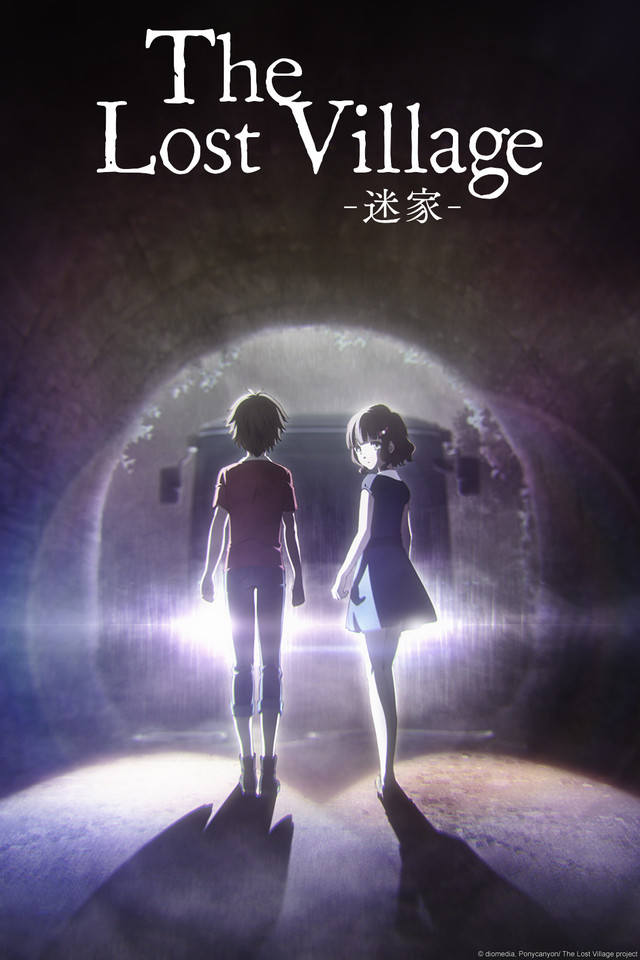

However, they built their homes, farmed, fished, and coexisted more or less successfully. They were not welcomed by the local inhabitants. The settlers were English dissenters, looking for a place to worship as they wished. However, the situation in Baltimore was not easy. The rent paid to the clan was significant. Sir Thomas Crooke established an English colony in Baltimore about 1605, with the approval of King James I, on lands leased from Sir Fineen O’Driscoll, then head of the O’Driscoll Clan. Ultimately, the O’Driscoll clan allied with the English because of conflicts with other clans. Although the O’Driscolls rebuilt, they were in a very vulnerable position. Afterwards, 3 warships were sent in and Baltimore and the O’Driscoll strongholds were destroyed. Before they got the wine unloaded, the merchants sent a group to recover the ship, which they did. In 1537, they hijacked a Portuguese ship loaded with wine bound for the Waterford markets. Information indicates that the Irish pirates in the Baltimore area were in contact with the Barbary pirates, some of whom may have even lived in Baltimore.

Many of these local pirates pursued foreign ships for the English. The industries were pilchard fishing and piracy. Although their lands had been reduced by invaders from other clans, they managed to hang on to the area around Baltimore for over 400 years. The O’Driscolls were descended from the original settlers. The area belonged to the O’Driscoll clan. The castle was destroyed many times but always rebuilt, most recently over an 8-year period beginning in 1999 by the McCarthy family. Oliver Cromwell also made an impact on the castle, having confirmed its surrender November 14, 1649.

It changed hands numerous times in its tumultuous history of Norman activity, clan warfare and English invasion. According to the Irish Annals, the castle was built in 1215 by a descendant of Robert FitzStephen, a Norman settler.

It was, and is still, the site of Dún na Séad Castle (also known as Dunashad and Baltimore Castle), Fort of the Jewels (possibly the “Big House” mentioned in the Gaelic name of the village). Baltimore Castle, Cork, Ireland, photo by Or la freedom, CC BY-SA4.0įrom the 12th through the 16th centuries, the area was part of the Province of Munster, the seat of the former Kings of Munster and Kings of Tara.


 0 kommentar(er)
0 kommentar(er)
